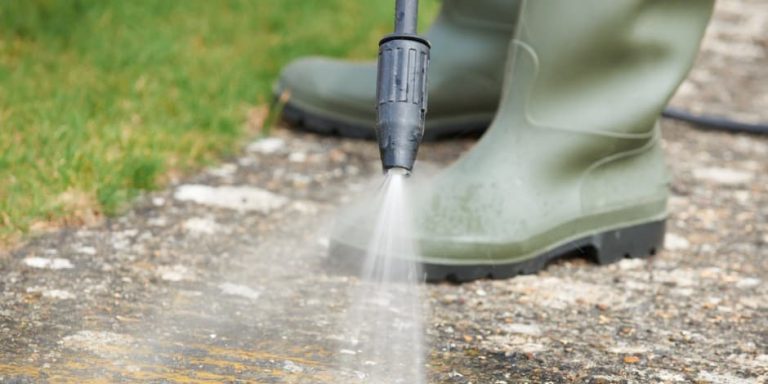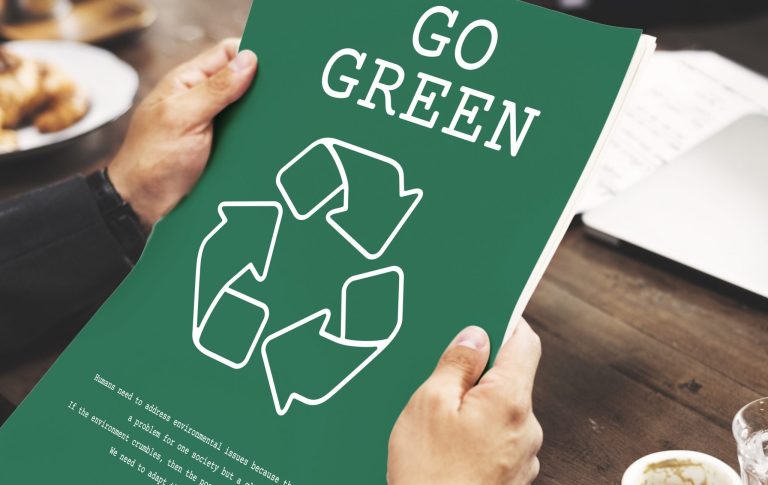
Power washing is often marketed as a clean, eco-friendly alternative to harsh chemical scrubbing. But when performed near storm drains, it can become a major contributor to environmental pollution—often without the property owner even realizing it.
In this article, we’ll explore why storm drains are so sensitive, what happens when contaminated water enters them, and how to pressure wash responsibly near these vital pieces of infrastructure. 🌍🚫
🌀 What Is a Storm Drain?
A storm drain (or catch basin) is part of a municipal stormwater system. Its job is to:
- Collect rainwater and surface runoff
- Direct it to local creeks, rivers, or treatment plants
- Prevent street flooding
Unlike indoor plumbing, storm drains are not filtered or treated in most areas. Whatever goes down them ends up in the natural environment.
⚠️ What Happens When You Power Wash Near a Storm Drain?
When you power wash a driveway, sidewalk, or building facade:
- Dirty water picks up oil, chemicals, dirt, and bacteria
- This water flows into nearby storm drains
- That polluted water is discharged untreated into local streams or lakes
This can lead to:
- Fish kills
- Algae blooms
- Contaminated recreational water
- Damage to aquatic habitats
- Legal violations and city fines
🧴 Common Pollutants in Runoff
Even short power washing sessions may release:
- Automotive fluids (oil, antifreeze, brake fluid)
- Fertilizer or pesticide residue
- Pet waste
- Detergents
- Heavy metals from paint chips or siding
Storm drains weren’t designed to handle this kind of waste—and they pass it on directly to nature.
✅ Best Practices for Power Washing Near Storm Drains
1. Divert the Runoff
Use:
- Inflatable berms
- Gutter blockers
- Sandbags
- Shop vacs or portable containment mats
Redirect water onto grass, gravel, or designated collection zones.
2. Pre-Clean Dry Surfaces
Use:
- Brooms or leaf blowers to remove dry debris
- Absorbent pads for oil or grease
- Paint scrapers to loosen flaky paint
This reduces the volume and toxicity of your wash water.
3. Use Eco-Safe Detergents (or No Detergents at All)
Avoid soaps with:
- Surfactants
- Phosphates
- Bleach or sodium hypochlorite
Instead, use plain water or citrus-based alternatives—and minimize use.
Browse Amazon Here For Eco-Friendly Power Washing Detergents
4. Block Drains Before You Start
Use mesh screens or drain covers to prevent solids from entering. You can also tape plastic sheeting over grates and vacuum pooled water up after.
Check with your city—many offer free drain protection kits for contractors. 🛠️
🏢 Commercial Requirements
If you operate a pressure washing business:
- You may be legally required to collect and dispose of wastewater
- You might need to pull a permit for any job near a storm drain
- Violations can cost thousands in fines per incident
Don’t cut corners—document your drainage and disposal methods on every job.
🧠 Final Thoughts
Storm drains aren’t trash cans—they’re direct pipelines to the local environment. Whether you’re washing your own driveway or cleaning a commercial property, be aware of the runoff and take steps to prevent pollution. Because keeping your surfaces clean shouldn’t come at the cost of dirtying your community’s water. 🌧️💧🌎
Browse Amazon Here For Top Rated Power Washers And Accessories






